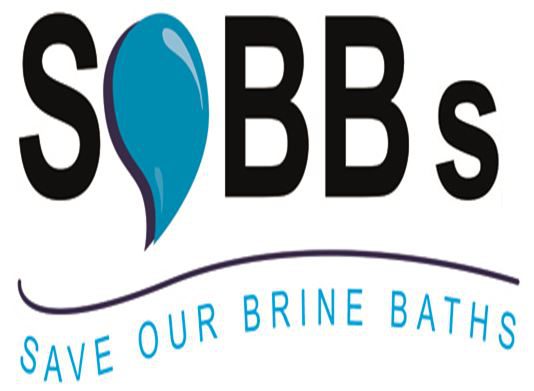The History of the Brine Baths
1836
Droitwich Salt Water Bath Company founded. Droitwich Saline Baths (later known as the Royal Brine Baths) built on the site today bordered by Hanbury Road/Queen Street/ Herriot’s Lane/The Holloway.
1832
Cholera in Droitwich!
As no ordinary hot baths available, patients are bathed in tubs of heated brine – it seems to help a lot.
With the support of Hastings, a medical case is made for building a dedicated brine bath, in fact for the treatment of arthritis and rheumatism.”
1840s
Baths popular, especially with tradespeople and working classes, many coming from the Black Country. Residential treatment courses last 3 weeks, and revive workers in hard labouring occupations enough to allow them to return to work for another year (no sick pay/disability allowances at this time!)The baths start to be referred to as The Royal Brine Baths in the press (but not in legal documents). It is not known for sure why, but may possibly be linked to the fact Queen Adelaide, widow of King William, used Droitwich as her rail/road interlink for 3 years from 1843 – 1846 while she lived at Witley Court.
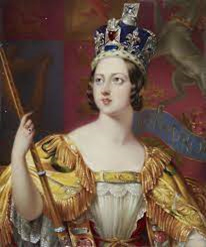
1854
John Corbett, a successful businessman who made his money in the Black Country through canal transportation, now turns his attention to a new sector and buys up the brine extraction works at Stoke Prior. He modernises the extraction and salt production processes, and starts making serious money from selling salt around the world.
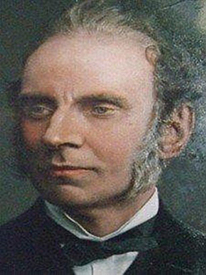
1874
Droitwich Saline Baths and George Hotel sold to Dr Bainbrigge and his backers. Dr Bainbrigge is totally convinced of the therapeutic value of brine bathing for people suffering from rheumatism/arthritis/gout; and is the first to have a vision of Droitwich becoming a nationally-recognised spa to treat these conditions. His spa town would be run very much along medical (not leisure) lines; and his concern is to treat the working classes every bit as much as the more affluent classes. He acknowledges there is a lack of accommodation for all levels of patients; and that more entertainment between treatments would be preferable.
1878
John Corbett buys the Old Manor House and refurbishes/ converts it into The Raven Hotel.
1879
Corbett has the Salters Hall, a place for meetings and entertainments, built for the people of Droitwich. The Hall itself is later demolished and the town cinema built in its place, opening in 1933, before being converted to the library in the 1970s. The style of today’s library echoes that of the original Hall.
1887
Corbett has the St Andrews Baths constructed on a 4-acre site now occupied by the Droitwich Heritage Centre, the BMI Private Hospital and the Heritage Way car parks. They are built to a high, modern standard and comprise one large Plunge Bath and various smaller bath rooms, as well as private bathrooms. They compete directly with the Royal Brine Baths. There is still a shortage of accommodation in the town.
1890s
The Brine Baths Park – known today as the Lido Park – is developed and landscaped by Corbett, to provide a green and natural setting for visitors to the Spa.
The St John’s Brine Hospital is opened in 1892 in St Peter’s Walk, providing subsidised “subscription beds” for poorer visitors requiring treatment at the baths. Today this is the St John’s Nursing Home.
Further improvements are made to the St Andrews Baths, including the opening of the “Gentlemen’s Plunge Baths” in the middle of the decade – this later becomes the Big Swim, the pool used up until closure in 1975.


1901
John Corbett dies on 22 April aged 83.
His estates are managed at first by his brother, and after his death in 1906 by the Corbett Trust.
1907
Royal Brine Baths refurbished, St Andrews Baths extended.
1914-1918
Over 150,000 wounded soldiers treated at the Droitwich baths for a range of injuries from trench foot to shell shock.

1927
Neville Chamberlain, as Health Minister, officially re-opens St Andrews Baths after further improvements are made.

1930s
St Andrews Baths extended once more; the Lido saltwater outdoor pool is opened. Droitwich now has 4 top-of-the-range hotels, multiple guest houses and sufficient entertainments and pleasant surroundings to be a thriving spa resort. Over 1,400 patients are now bathing daily at the two baths.

1940
The Royal Brine Baths are forced to close, as the coal used to heat the water is in such short supply nationally. They never reopen.

1948
With the creation of the NHS, GPs (general practitioners) are empowered to prescribe brine treatments for their patients.
1950
Miss Bolton appointed Superintendant Physiotherapist. In the years following, submerged bays are built into one pool at St Andrews to allow physiotherapists to work at the same level as patients; another pool is converted into the “Big Swim” public leisure pool.

1967
The beginning of the end: the Birmingham Regional Hospital Board announces brine has no medicinal benefit; the number of people receiving brine treatments reduces dramatically.
1970
One pool and the treatment rooms close, leaving only the “Big Swim”. Still over 600 users per week.
1975
The Big Swim/St Andrews Baths are closed permanently on 24 December 1975.

1985
New brine baths, which form part of a new private hospital complex, are opened, also to the public. The Worcestershire Clinic, as the complex is called, is owned and operated by the Grand Metropole Group, perhaps better known for operating luxury hotels.
The pool is used in the mornings by physiotherapists to treat patients, who may be recuperating from an operation in the hospital or who may have been referred by GPs or consultants in the region for a variety of conditions, including arthritis and rheumatism.
In the afternoons it is opened to the public for leisure purposes, who may also use on-site massage/beauty treatments.

1990s
The hospital and baths change hands two more times, with accompanying changes of strategy. The baths struggle to make money; users are overwhelmingly local, there are few guests from outside the region.
The range and number of supporting treatments is extended and a gym is added for Droitwich residents to join.
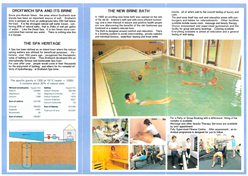
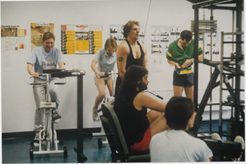
2008
With no advance warning, the baths are closed just before Christmas. They have remained closed since.
Hundreds of users of the brine baths (patients and the medical profession) remember with affection the pleasurable and positive effects of moving in the brine water and swear by its therapeutic effects – particularly for alleviating the effects of rheumatism/ arthritis and for speeding recovery from operations on joints and limbs.

2009
SOBBS (Save Our Brine Baths) is formed. Our mission: to put the spa back in Droitwich

